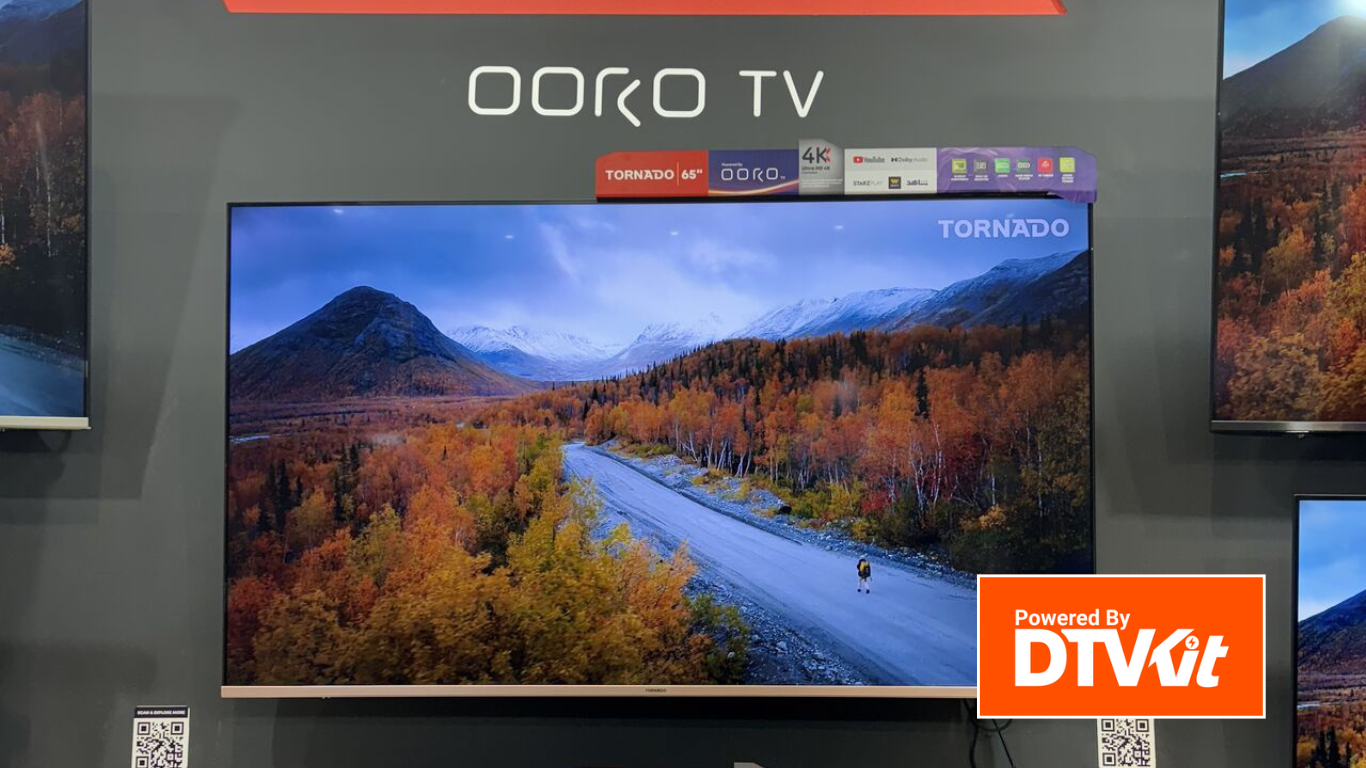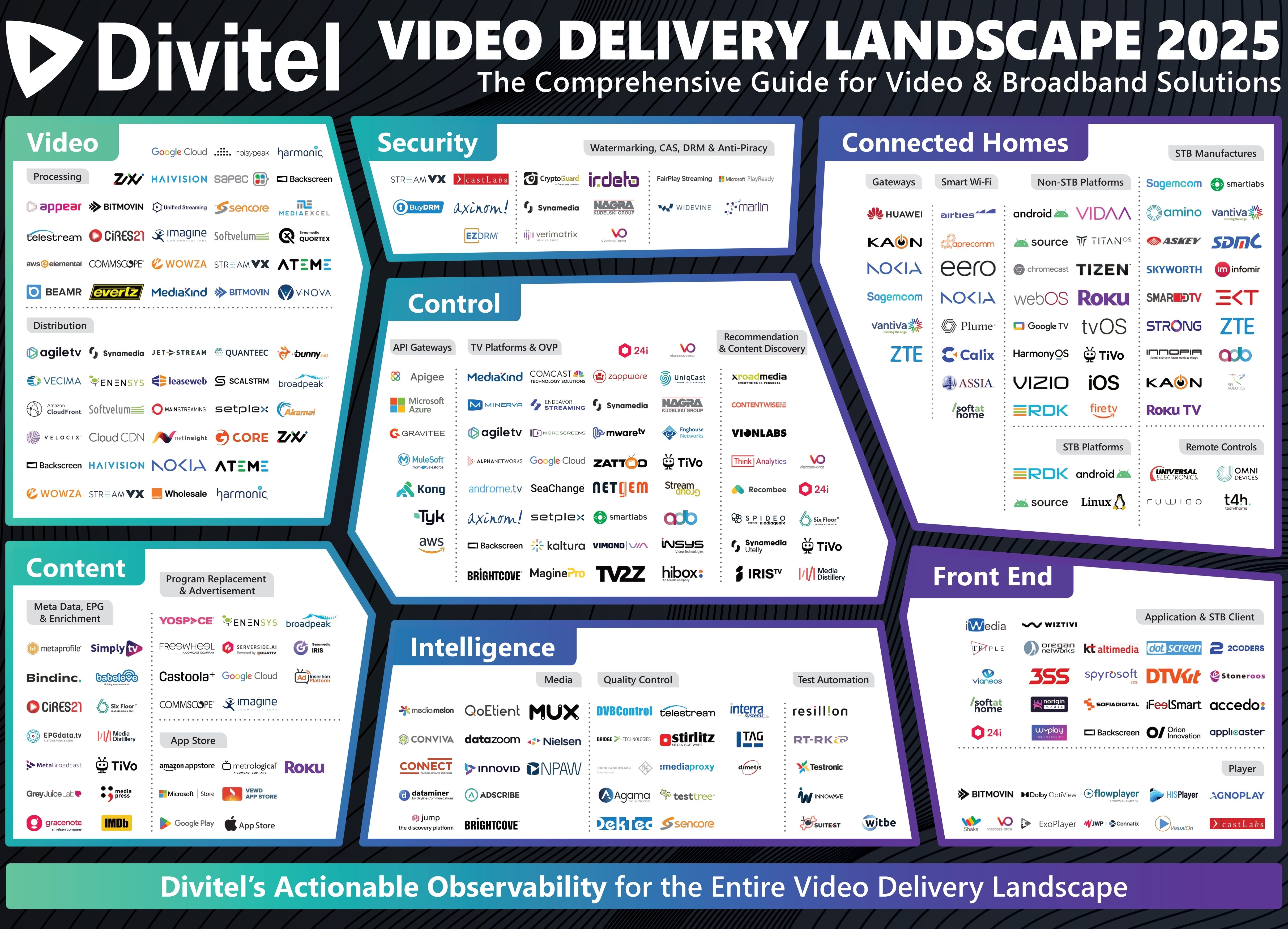
The open source movement has radically transformed software development – and has had a global impact across all business sectors, including the media and entertainment industry. The ability to access a vast array of software modules and the underlying source code has enabled software developers to utilise common functionality, and focus on innovation and value added services. Today, most embedded platforms are developed using Linux, an open source operating system and compiled using the open source gcc compiler. Open communications protocols such as a TCP and IP power the Internet, and OpenSSL is another open source technology widely used to provide security.
Yet, where open source undoubtedly provides increased potential for innovation, there are a number of pitfalls that engineering teams and operators need to recognise to ensure that short-term benefits of open source don’t turn into long-term problems. The fundamental expected benefit of access to an essentially free code base is dramatically reduced costs in terms of software development cycles, due to software reuse. However, the flip side is that highly skilled developers, with a wide knowledge of the adopted modules, are required to build successfully deployable solutions. These are an expensive commodity – and if outsourced, then knowledge can easily be lost. After initial development, a major underestimation can be the cost of maintenance, such as ensuring that the software remains functional for the product lifetime as new standards are required, security patches are released, underlying APIs change and new features are added to essential modules. This requires a long-term commitment to the software lifecycle.
Another challenge revolves around integration, code testing and documentation. In the highly diverse modern environment, ensuring that the application developed works across multiple target devices and operating systems is a major endeavour. This requires an additional ongoing commitment to testing, and well-defined and executed QA processes. Validating managed set-top boxes is no longer sufficient, with consumer devices such as smart TVs and media players for OTT services now in the mix. Adding the iOS and Android ecosystems for value added second screen services; the number of operating systems versions and potentially sub branches can easily run into the hundreds of combinations. The ability to test all these groups requires a significant investment.
Yet these challenges are not insurmountable. Adhering to standards and working with experts around field proven foundational elements can help reduce the burden. This is an area that organisations such as DTVKit, a UK based not-for-profit organisation that is collaborating across the consumer electronics industry, can help service creators and consumer electronics manufacturers to deliver production-ready DVB software, which is continually developed to meet evolving standards and enhance features. DTVKit provides an innovative, shared source approach enabling it to continue to evolve the software solution with partners, while still providing open access to source code to enable custom modifications. With the addition of technologies such as ACCESS Twine™ for media redistribution, remote access and IoT services, and the ACCESS NetFront™ Browser family for portable UI development based on HTML5, HbbTV 1.5, HbbTV 2.0.1, BML and/or Hybridcast, developers can deploy compatible solutions across Linux, iOS and Android environments. Utilising a commercial partner for fundamental building blocks ensures that, as the target platform and software environments evolve, the key technology components are updated, enabling operators and service developers to focus on the key value for their customers – the video service.
This approach of combining standards, deployed technology, deep industry expertise and leveraging open source where appropriate allows developers to benefit from the stability of a code base that has been tested for interoperability, whilst still enabling service innovation and certification. Operators also benefit from the ability to reduce costs for commodity components and increase flexibility through the benefits of open source, with the reassurance that key elements adhere to industry standards and are backed by expertise, new feature development, ongoing updates such as security features, and bug fixes.
The market trend towards more hybrid services that mix over-the-air linear and IP based streaming, plus value added on-demand services, shows no sign of slowing down. The industry needs reliable broadcast focused technologies blended with browser based application environments for service creation to ensure operating system neutrality and the greatest cross platform compatibility. Similarly, as consumers widely adopt second-screen devices to enhance their viewing, operators need a proven and open method to continue to innovate and create services for the upcoming IoT enabled, Content Everywhere era.







